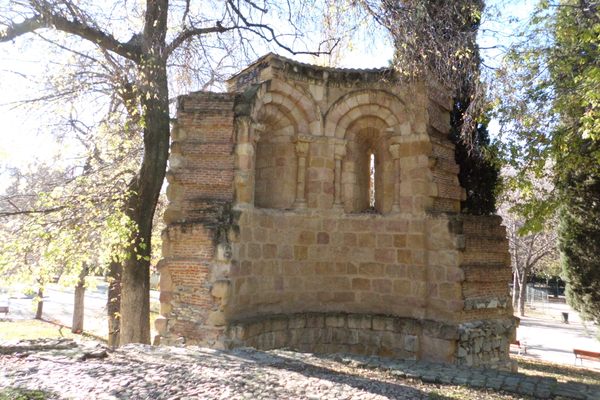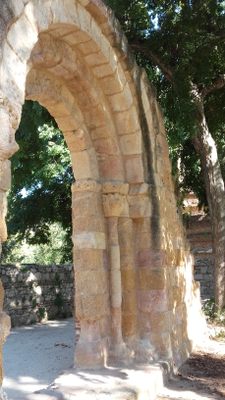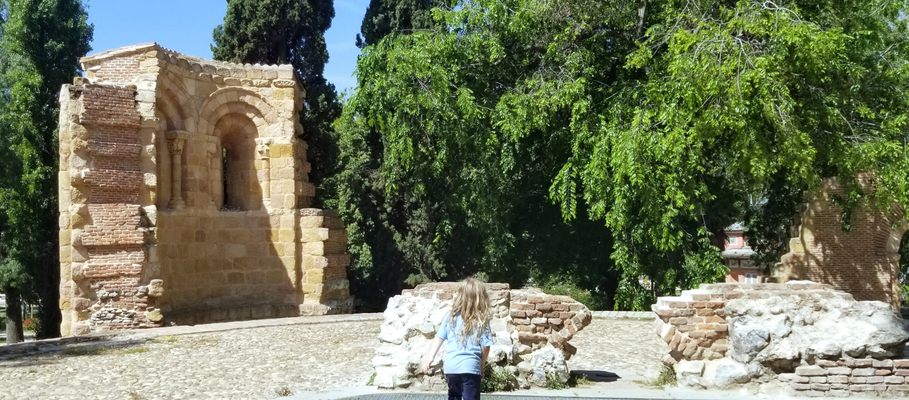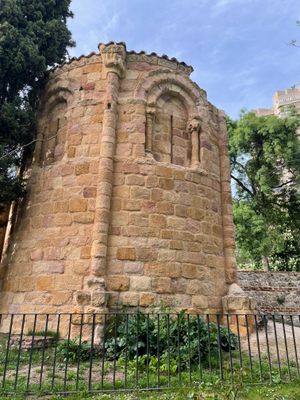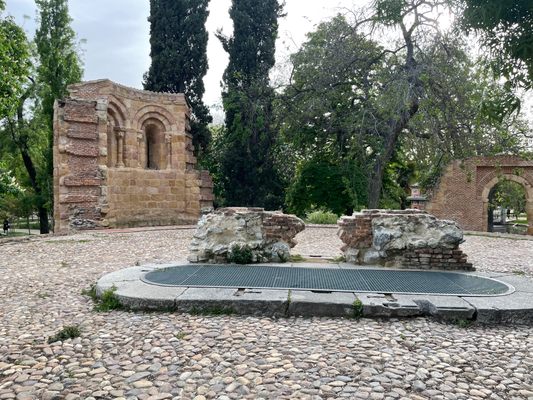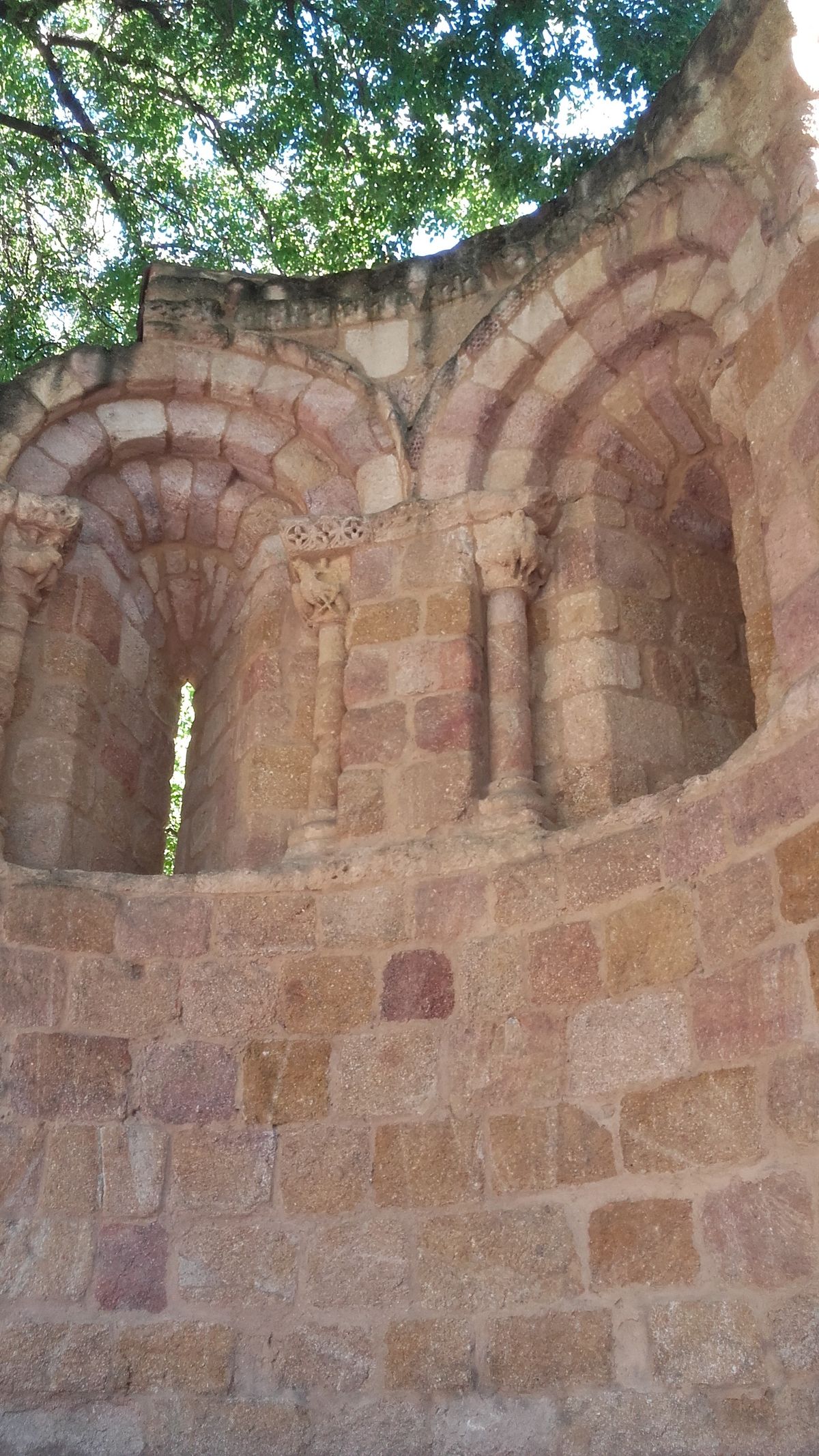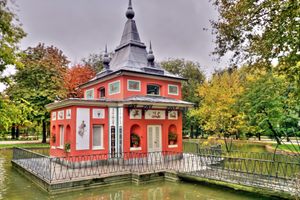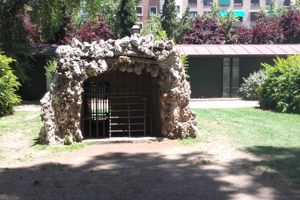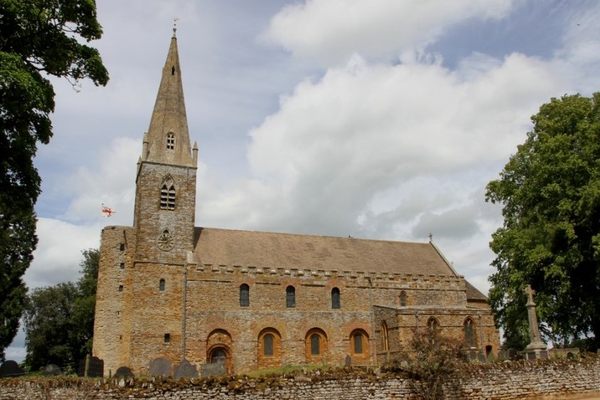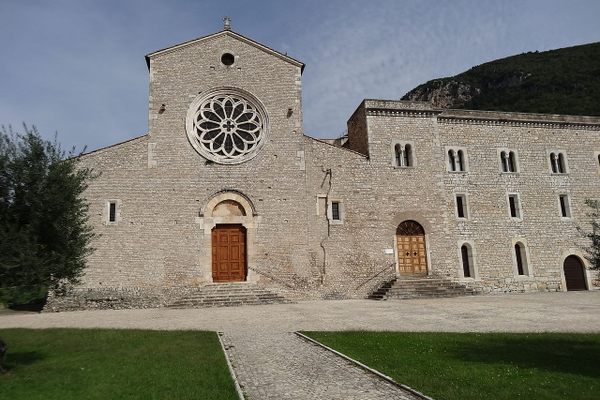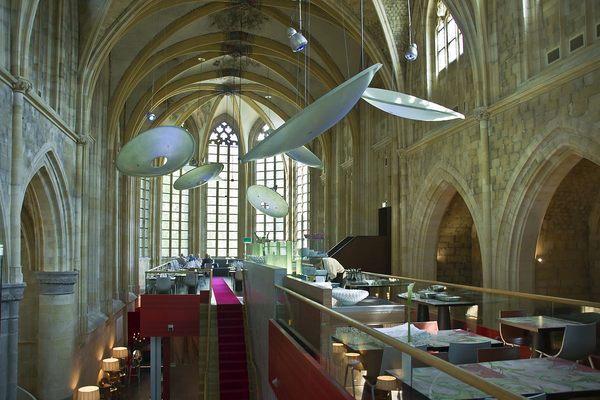About
It is not uncommon for monuments to be disassembled and rebuilt in a new settlement—there's the Fuentidueña Chapel at the Cloisters in New York, or the Egyptian Temple of Debod. The Ermita de San Pelayo y San Isidoro (Hermitage of Saint Pelagius and Saint Isidore) had the same fortune. But in this case, a lot of people native to Madrid, don't know that in a corner of this park there is a real Romanesque hermitage that was not always there.
Originally built outside the famous walls of Ávila, this church was firstly dedicated to the child martyr of Córdoba, Pelagius, then changed their dedication to Saint Isidore in the 13th century. In the 19th century the church belonged to the Association of Plowmen; it must have been then when he changed his dedication to that of San Isidro (another name of Saint Isidore, patron saint of plowmen). In 1854, the building was badly damaged and the city council ordered it to be demolished. But these demolition works were not carried out for several more years. The state eventually applied the Law of Confiscation of the Ecclesiastical Goods (Desamortización de Madoz), and demolished it in 1877 to sell the remains to private individuals.
Emiliano Rotondo Nicolau, an engineer and businessman with an interest in archaeology, bought the ashlars and architectural elements and was able to resell the ruins to the Royal Academy of History in 1893. The hermitage was rebuilt in the gardens of the Archaeological Museum as a as example of the Romanesque style. In 1896, Prime Minister Antonio Cánovas del Castillo ceded the monument to the City Hall of Madrid, and ordered its transfer to Buen Retiro Park.
The building suffered oblivion and abandonment again, but at the beginning of the 21st century, the Madrid City Council ordered to clean the place by recovering stones, capitals, shafts, cornices, etc. that were scattered by the environment.
The hermitage was made in rectangular limestone ashlars. The head was semicircular with a partial dome, and a barrel vault that was divided into two parts. In the apse there were three semi-circular windows. By the nature of this type of construction, which can be seen in Ávila in similar churches and according to preserved drawings, the temple could be dated in the mid of the 12th century.
Related Tags
Know Before You Go
The ruins are located in Buen Retiro Park, near the confluence of Menéndez Pelayo Avenue and O'Donnell street. Specifically, are located in the vicinity of the ‘Montaña Artificial’ (Artificial Mountain) and ‘Casa del Pescador’ (Fisherman house), two constructions made in early-19th century within the gardens during the reign of Ferdinand VII. By tube, the nearest stations are Retiro, Principe de Vergara and Ibiza.
Community Contributors
Added By
Published
June 18, 2020
